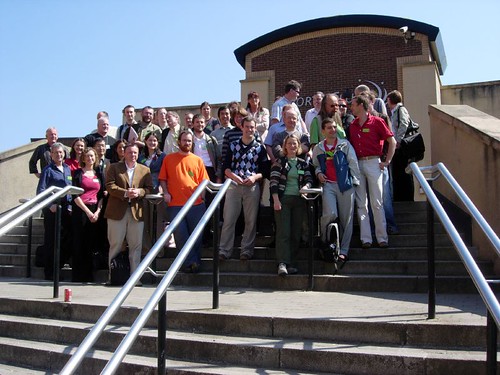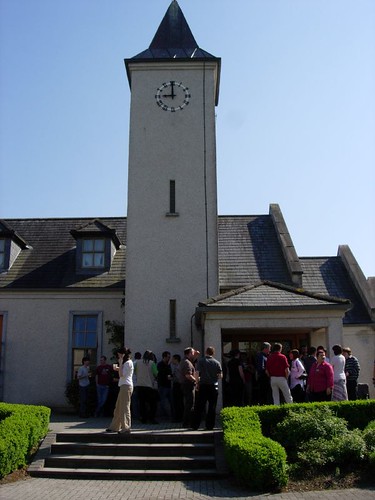Interesting connections between knowledge and moving our bodies
Last night I went to the Daghdha space in St John’s Square to attend a talk by a Finnish scholar. Dr. Jaana Parviainen from the University of Tampere spoke about: “The Crisis of Knowledge: How We Know In and Through the Moving Body”. The talk was preceded by a dance performance.
I love going to Daghdha – it has a very special atmosphere (hosted in an old church I’ve spoken about before) . Imagine a big hall with pilars, cosy sofas, armchairs, bean bags and blankets, book shelves, intimate lights and hot tea served.
Jaana spoke about her early training in the Martha Graham‘s dance style, and how she didn’t quite enjoy the experience. This rang a bell to me, I had to study ballet for ten years because one of our neighbours used to run a ballet school. At some point, I even considered the idea of becoming a ballerina. I can’t say I hated it – and it definitely left some traces – I not only love watching dance performances, I also happen to dance now and then around the house .
Jaana didn’t end up being a dancer either – she studied Languages and Philosophy and wrote a PhD thesis about dance from a philosophical perspective. Nowadays she is working with a group doing organisational studies that focus on the role of the body language and body movements in an organisation.
Her talk triggered several ideas and questions in my mind:
- She spoke about bodies “moving and being moved” – yes, sometimes we behave as we’re supposed to in an organisation, and our bodies “are moved”, in a way, by the organisation’s rules, by other people’s actions and by social conventions; Jaana also mentioned the gestures and habits we’re inheriting from parents and other family members. But my thoughts went toward massage therapies – how the therapist is moving someone else’s body (osteopaths manipulating joints and muscles), or her own hands on the client’s body, listening to her intuition and trying “to see” where the pain hides.
- Moving and being moved – how does this apply to an unconference type event? Just imagine a choreographer looking at a BarCamp event: attendees congregating around the timetable and disappearing into different rooms. The whole interaction in the rooms: one-two speakers, the audience, members of the audience becoming the centre of attention, everybody turning around on their chairs, people discovering old aquaintances in the back of the room and exchanging a smile – what a fascinating “ballet”!
- How do people move in a work environment? Are their trajectories relevant? During my observation period in a large open plan full of cubicles, I learnt they are. I went in with the pre-conception that there will be nothing to observe, because people speak to each other mainly through their computers. And I was proved so wrong! People are walking to each other desks to ask a question, to share important news, to suggest a break for a discussion. People stand up to look around and see if someone is at his desk. Some people push their chairs around, some others tend to sit on their colleagues’ desks and make a tour of the team. When someone important is visiting, the rythm and the sound of the whole space is changing.
- How is distributed collaboration affected by the lack of movement and space awareness? People tend to assume that their counterpart works in a similar place, in similar conditions- and this is most of the times false! People tend to guess each other’s reactions in call conferences. People in the same room express through gestures unknown to their counterparts. Is a video channel a solution to this? I don’t think so, although it is very useful in some circumstances.
- Negative knowledge was another interesting idea brought into discussion: being aware of what you don’t know, being aware of what you sshould avoid doing and of the consequences of not succeeding. Social media seems to have a very important role in raising this kind of awareness: I discover every day things I didn’t know – and wasn’t even aware of their existence! We also tend to know more about actions considered a no-no and about failures due to blogs nowadays.
Here’s a paper by Jaana I managed to find online, where some of her and her colleagues’ ideas are introduced: Negative Knowledge, Expertise and Organisations.
And today, Jaana, together with Steve Valk and a group of members of the Daghdha Dance Company paid a visit to us in the Interaction Design Centre. It was great to have them around and talk about our work with them. Who knows?! Maybe it’s the beginning of an interesting collaboration!
December 05 2008 | Events and IDC and KM and Knowledge Management | No Comments »

